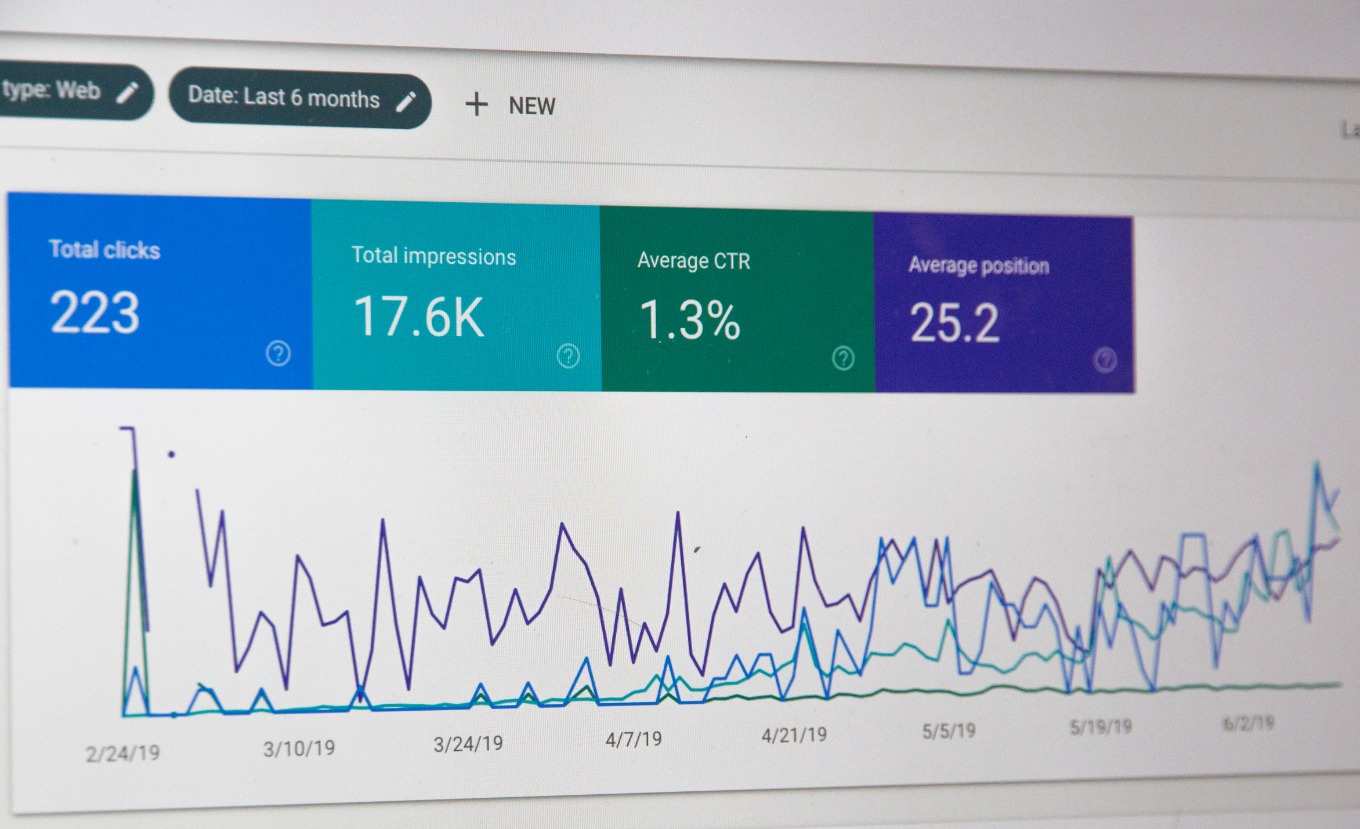How to Strategically Budget for Success in US Prop Trading Firms
In the bustling landscape of Wall Street, prop trading firms hold a distinct position. A prop, or proprietary trading firm, operates on the fundamental principle of trading with its own capital rather than that of clients, thus reaping the full rewards of successful trades while simultaneously bearing the brunt of any losses. This inherently high-risk, high-reward model necessitates strategic budgeting to ensure sustainable success.
Stroll down the annals of financial history and you'll find evidence of the correlation between budgeting strategies and the rise or fall of prop trading firms. You'll also notice the determinants of success aren’t so much about the size of the capital, but rather the efficient allocation and utilization of it. It's a fine balancing act, where one needs to juggle risk management, economic variables, mathematical models, and market intuition to stay afloat, and ultimately thrive.
Firstly, let's understand that budgeting in prop trading is not just about managing money; it's about managing risk. Risk management is the cornerstone of any prop trading firm. The famous Kelly Criterion, developed by scientist John L. Kelly, is often employed to manage risk. This mathematical formula determines the optimal size of a series of bets or investments given a certain probability of success. Using this formula, a trader can calculate the optimal amount to invest in each trade, maximizing returns while mitigating potential losses.
However, relying solely on mathematical models like the Kelly Criterion can lead to underperformance or even disaster. The Black-Scholes Model, a mathematical model used for pricing options, famously led to the downfall of Long-Term Capital Management (LTCM). This high-profile hedge fund, managed by two Nobel laureates, collapsed due to its over-reliance on a mathematical model that did not take into account real-world market anomalies. Therefore, while strategic budgeting should employ mathematical models, a comprehensive understanding of market behaviour and economic conditions is equally critical.
On the economic front, factors such as interest rates, inflation, global economic indicators, and more subtly, investor sentiment, play a pivotal role in how a prop trading firm budgets its capital. For instance, in a low-interest-rate environment, firms may be tempted to take on more risk, necessitating more substantial reserves for potential losses. Similarly, during periods of high inflation, firms may need to increase their trading activity to maintain real returns, which might require larger working capital.
From a technological perspective, algorithmic trading, high-frequency trading, and AI-based trading systems have revolutionized the prop trading landscape. These technologies can execute trades at lightning speed and analyze vast amounts of market data, making them integral to modern prop trading. However, they come with their own costs and risks. For instance, the high-speed nature of algorithmic trading can lead to significant losses in a very short period if the algorithm goes awry. Hence, budgeting for these technologies requires not only the upfront and maintenance costs but also potential loss reserves.
Strategic budgeting also involves knowing when and where to cut losses. The ability to recognize a losing position and exit it promptly can be the difference between a small loss and a catastrophic one. This concept is known as stop-loss in trading parlance. It's a pre-set level at which a trader agrees to exit a position if the trade goes against them. The key is to set the stop-loss at a level that does not prematurely exit a position due to normal market volatility but does cap losses from a genuinely bad trade.
In conclusion, budgeting for success in US prop trading firms is a multifaceted process that involves robust risk management strategies, understanding of economic variables, utilization of mathematical models, and integration of cutting-edge trading technologies. It requires the ability to balance risk and reward in an environment of extreme uncertainty and volatility. While the stakes are high, with the right strategies, the rewards can be substantial. It's a high-pressure, high-stakes game that demands astute budgeting, continual learning, and constant vigilance. But for those who can master it, the rewards can be truly exceptional.
In the bustling landscape of Wall Street, prop trading firms hold a distinct position, operating on the fundamental principle of trading with its own capital rather than that of clients, thus reaping the full rewards of successful trades while simultaneously bearing the brunt of any losses.






